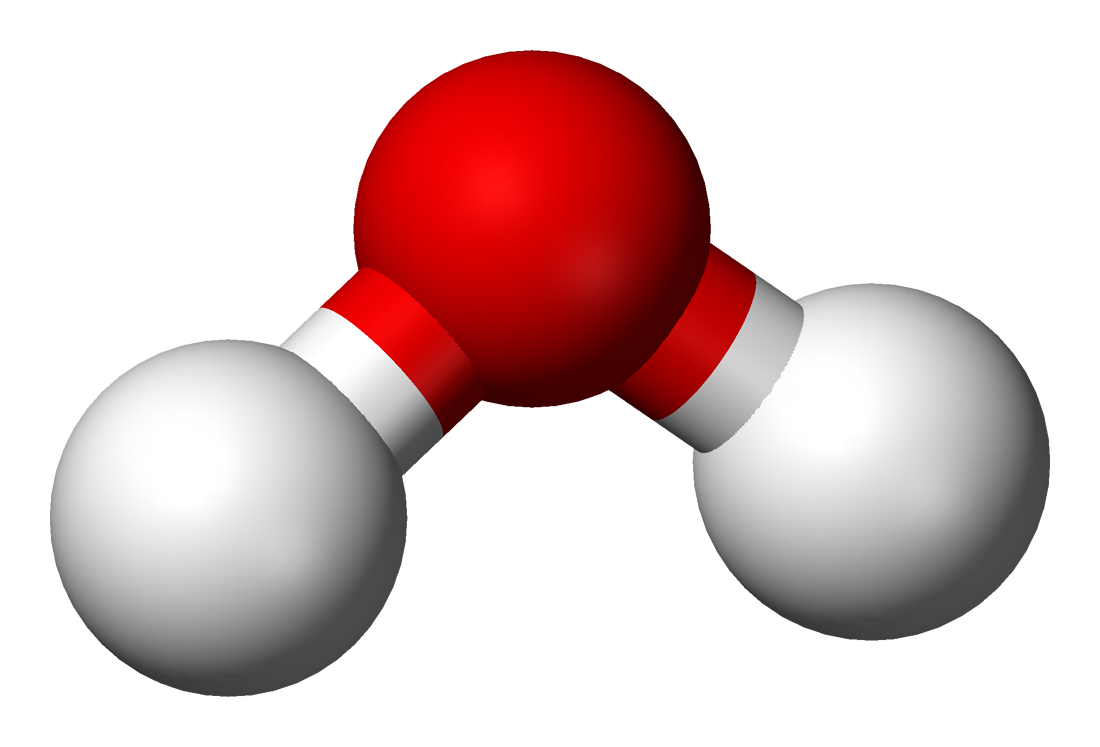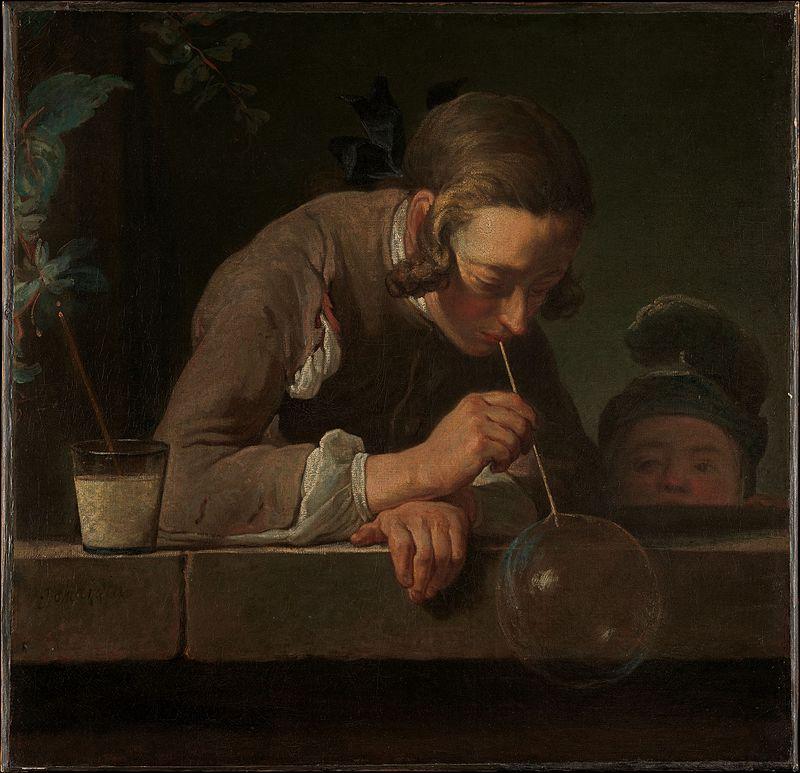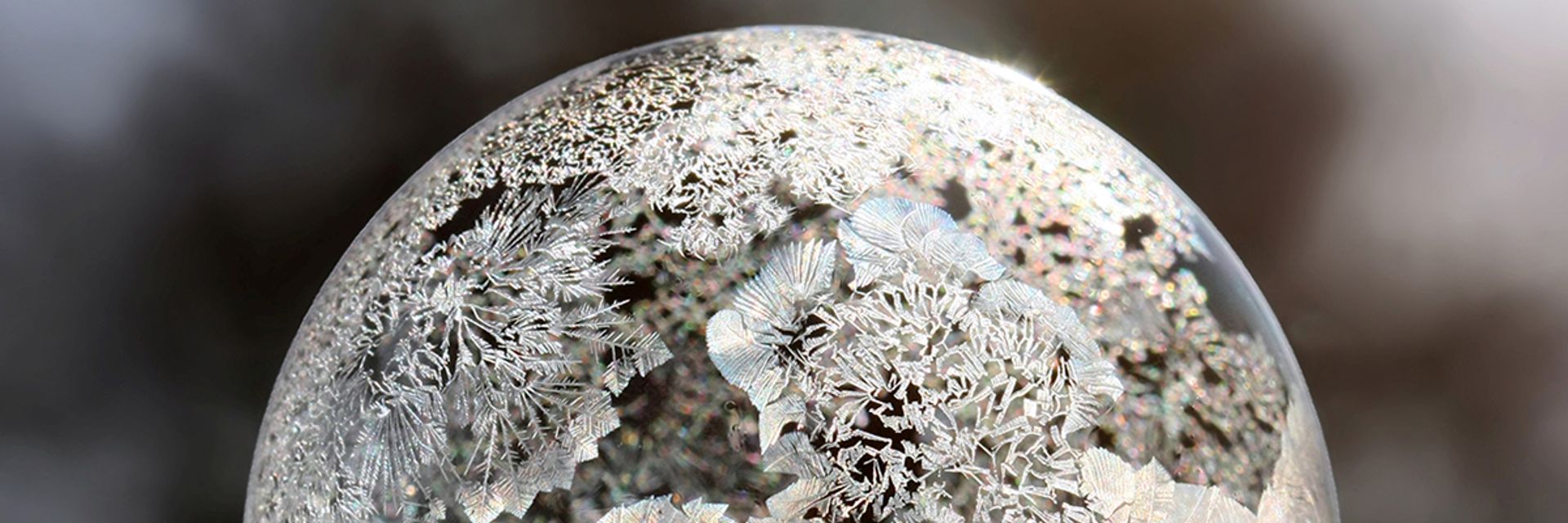Whether we’re inside them or they’re inside us, bubbles have become essential structures for the 21st century. They are often used as a metaphor for how we understand the flow of information around us, but the study of real world bubbles, how they form and what they do, has led to advances across different realms of science, from medicine to astrophysics.
◊
We have gotten used to the word bubble as a metaphor to describe aspects of modern life – financial bubble, media bubble, even the pandemic-related sports bubble. But just as symbolic bubbles have captured the popular imagination, the study of the dynamic action of real-life bubbles has lately yielded a variety of fascinating discoveries.
Late in 2020 came news of two COVID-19 vaccines boasting a 95 percent-effective immunization rate against the disease. Both products use micro fat bubbles, called lipid nanoparticles, to deliver their payloads of messenger RNA (mRNA) antivirus.
Where old-school vaccines induce an immune response from exposure to a mild form of the infecting pathogen's DNA, mRNA vaccines hit viral receptors in cells directly with a harmless molecular load. Sensing this foreign actor, the body’s immune response shuts the door to any further viral infection.
mRNA is a double-stranded genetic molecule that can induce the formation of proteins in cells dedicated to fighting specific diseases. mRNA vaccines can be manufactured rapidly from organic compounds in a lab, unlike previous DNA serums which must be grown inside an organic host, usually chicken eggs.
The mRNA molecules ride to the rescue attached to lipid nanoparticles, essentially positively charged oil-in-water molecular globes (the sort of thing, on a much larger scale, you’ll see in a lava lamp). At around 150 nanometers across, these bubbles are nearly 50 times smaller than red blood cells and can be seen only through electron microscopes. Injected into the bloodstream, they can hit RNA receptors with unprecedented efficiency.
A Bathtub Shows How Bubbles Work
To understand this efficiency, we need to know something about the structure of all bubbles – what forms them, the chemical bonds that hold them together, and the dynamic power that allows them to alter their surroundings. For that, we can learn a lot from the humble soap bubble.
The surface tension of linked H2O molecules is strong enough to form water into rounded beads on a non-absorbent surface. Every drop’s curve conforms to the same rounded shape made by two hydrogen molecules embedded in a molecule of oxygen.

A rendering of the H2O molecule. (Image Credit: wikicommons)
Soap bubbles form when water’s bond is relaxed by the molecules of soap’s fatty acids. An injection of a gas, like air, stretches the water/soap film enough to trap it in a pocket. If the gas injection isn’t forceful enough to completely sever the connection between bubbles and water, they form a hive of connected hemispheres, your basic bubble bath.
If the force of injected gas is just right, the water/fat molecular wall, thin as a single wavelength of light, bonds completely around the gas and takes off. Its surface tension, pulling equally in every direction, forms a perfect, if fleeting, sphere – your bubble floating in air. Bubbles join with no space wasted between them. The equations behind this efficiency in form have intrigued mathematicians for decades, and physicists study the mechanics of bursting bubbles to model forces at work in the universe.
Watch 'The Science of Bubbles 4k' on MagellanTV.
The Underwater Kind
Along with bubbles that float in water and air, scientists are studying the action of bubbles in fluid. As highlighted in the illuminating MagellanTV documentary, The Science of Bubbles, they’ve found that bubbles are sticky. They collect material as they move against the pressure surrounding them. Acting as messengers, they carry molecules on their shells that would otherwise remain suspended in place.
In beer and champagne, carbon dioxide bubbles transport molecules from the liquid that we then sense as aromas. Ocean scientists have found that bubbles made by wave action will, when they breach the surface, launch fine particles of salt and organic material into the air. Carried upward, this sea grit eventually aids in the formation of clouds. Some hope that harnessing this same action will allow bubbles to clear oceans of plastic pollution.

Both a toy and object of scientific study.
(Image Credit: wikicommons/Metropolitan Museum of Art/Jean-Baptiste Simeon Chardin)
Tiny Bubbles In the Lines
Along with the action of microlipid bubbles in mRNA vaccines, this ability of bubbles to piggyback substances through the human bloodstream has enormous implications for treatments of cancer. Bubbles the size of blood cells can carry chemicals to treat cancer more efficiently through the body. Visible on ultrasound cameras, the chemo bubbles can be induced to deliver needed treatment directly to targeted areas.
Possibly the most astonishing study of the action of bubbles is in the field of sonochemistry – the formation and use of bubbles by focusing sound. High-frequency sonic waves change fluid pressure and force molecules apart in a process called acoustic cavitation. As these microscopic bubbles are created and then implode, they release energy, sometimes as visible light, that has been found to greatly increase chemical activity in any fluid they’re suspended in.
The energy of acoustic cavitation is understood to cause metal fatigue in turbines and boat propellers. It also holds tremendous promise for a range of cleansing solutions, from efficient instrument sterilization to the oxidation of water pollutants.
Even more dazzling is how some scientists are looking to see if the intense, though brief, heat generated by acoustic cavitation may be the key to harnessing fusion energy. The hope is that the extreme temperatures needed to begin a fusion reaction of hydrogen nuclei, the process that powers the Sun, might be ignited in a magnetically compressed sonochemical soup of expanding and collapsing micro bubbles.
Are Bubbles Quantum?
Under the circumstances, it was probably inevitable that the complex simplicity of bubbles would reach into the realms of quantum physics. At the macro level, bubbles model one theory of the expanding universe (is it one of many Big Bubbles?). At the infinitesimally micro level – a theoretical plane MUCH smaller than the nanoparticle scale – theories propose that the structure of spacetime resembles an immense, foaming field of bubbles, that is, a big bubble bath.
Science needs to be testable in order to work, and while astrophysicists are scanning the universe for evidence of the Big Bubble Theory, the spacetime bubble bath lies outside the parameters of empirical observation. As such, many scientists insist it belongs in the realm of metaphysics, a matter of intuition and belief.
Human understanding of the real world, the work of science, inevitably relies on language. But words, unlike things, are symbols that can quickly expand their definitions to accommodate new ideas, joining in links of association not unlike molecular bonds. Seen that way, language becomes that elastic barrier between the sphere of human understanding and the hard facts of the phenomenal world. As such, this metaphysical bubble may be the biggest bubble of them all.
Ω
(Title Image: Daniel Arapova/wikicommons)

